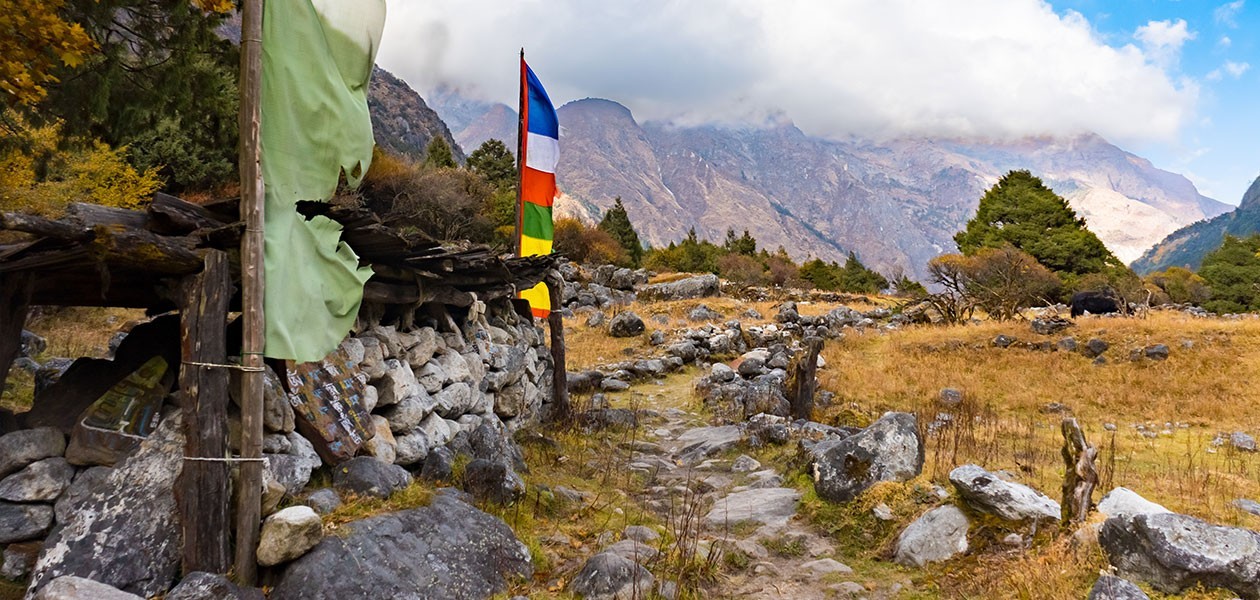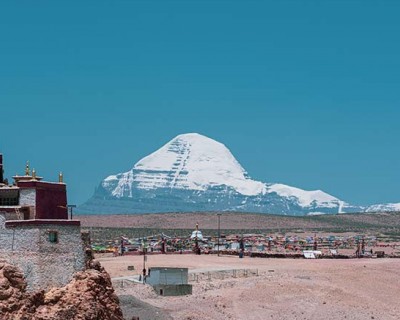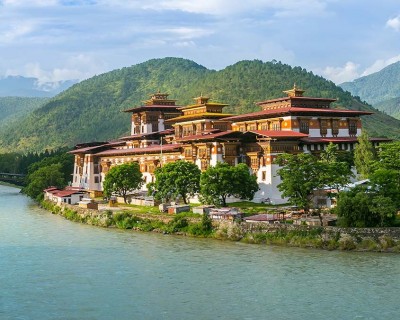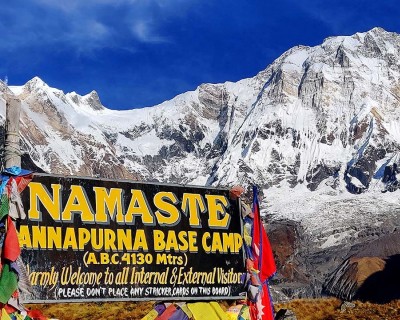Early Morning: The Start of the Day
Wake-Up Routine
During the trekking days, you will typically wake up at around 5:30 AM to 6:00 AM. The early morning atmosphere in the Himalayas is simply magical, and you will be greeted by a fresh morning breeze and the mesmerizing sound of nature.
Your trekking adventure will normally start during the early part of the morning. If you wake up early, you will have the chance to hike to close-by vantage points. As the sunrise views are astonishing, you shouldn’t miss out on the chance to view them.
The freshness of the morning will also get you refreshed. So, if you can manage, set your waking time for early hours, and you will not miss out on any kind of experience.
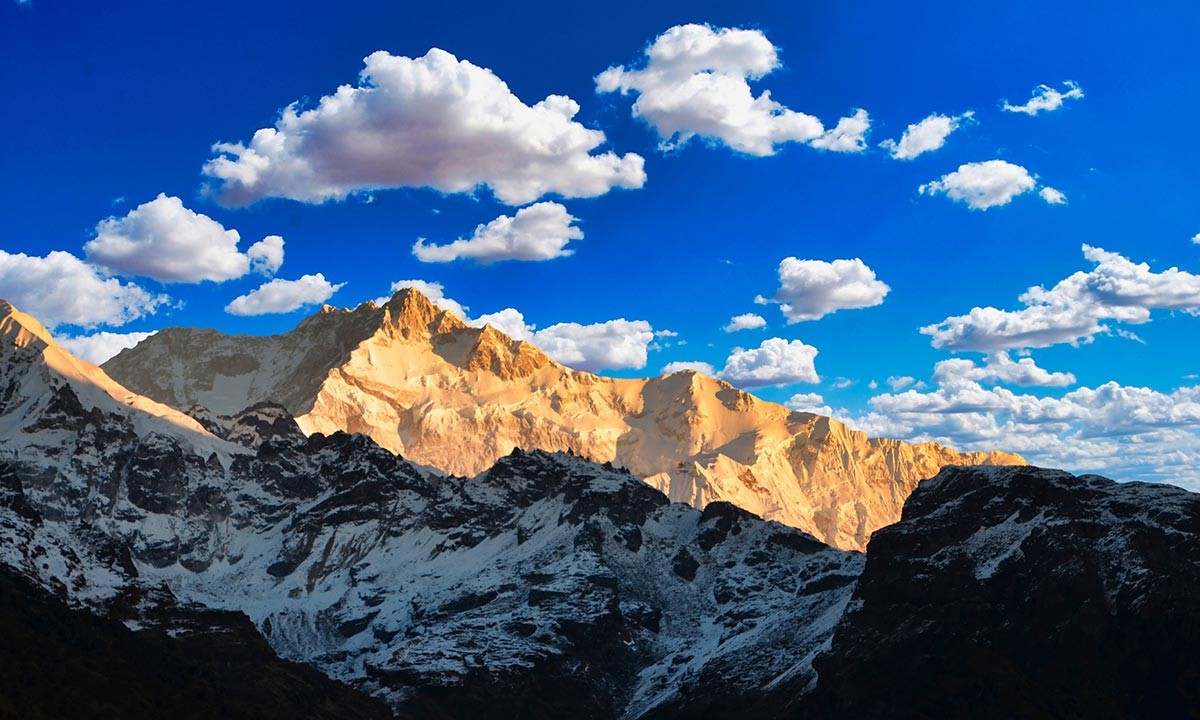
Breakfast
Your breakfast will be typically served from around 7:00 AM to 8:00 AM. As you will need to cover significant trekking distances, you will enjoy light dishes for breakfast. Your breakfast menus will generally consist of healthy and nutritious dishes like Oatmeal, Porridge, Bread and Toast, Egg Dishes, Pancakes, Chapati, Tibetan Bread, Muesli, Tsampa, Kur, etc.
The breakfast option in this eastern Himalayan route will be a mixture of traditional Sherpa and a few Western dishes. You will be able to enjoy your breakfast with fresh Butter, Jam, and Honey. Similarly, as for the beverage options in the morning, Tea, Coffee, Lemon Tea, Fruit Juice, Herbal Tea, etc are the top choices.
Preparation for Day’s Trek
After enjoying a warm and delicious breakfast, you will start your preparation for the trek. Pack up your gear, sort out your gear, and make sure that you don’t leave anything behind.
You have to re-stock any supply; this is the time to do it and also fill your water bottle for the journey up ahead. Before starting the trek, your guide will also provide you brief details about the route, what you can expect and highlights that you will be exploring along the way.
After everything is all set, you will then hit the trail to make the best out of your exciting Himalayan journey.
Morning Trek: Hitting the Trail
Scenery and Terrain
As the morning atmosphere is fresh and crisp, you will enjoy your exciting trek across the stunning landscape with the clear mountain views. Depending on the region, you will be able to admire the diversity of landscape (lush tropical regions at the lower regions and mystical alpine terrains at the higher altitudes).
Admiring the incredible Himalayan beauty with the majestic Himalayan vistas on the backdrop, you will continue moving further on your trail. There aren’t any technical parts along the route; you will have to follow the narrow ridges sometimes, and steep sections come quite often.
Cultural Encounters
The Kanchenjunga trail will introduce you to some of the most iconic traditional villages along the route. The people and culture of Kanchenjunga region are the major highlights of this endeavor.
Communities of Lepchas, Tamang, Rai, Sherpa, and Limbu are the permanent residents of the region. Along the trekking route, you will have the opportunity to interact with the communities; your guides will act as the translation if you are looking forward to a meaningful interaction.
You will also take your time with the cultural and historical highlights along the route. The guides leading your crew will provide you with information regarding the highlights and their significance in the native communities.
Challenges and Rewards
The morning trekking part is one of the most rewarding experiences. You will be full of energy, and the freshness of the morning will make the journey feel exciting and less tiring. The crisp Himalayan vistas will also motivate you through the difficult sections of the route.
In this off-beaten route, you will have to navigate across the rugged and physically demanding mountain trails. However, the demanding parts are not consistent throughout the trails of this moderate-level adventure.
Learn More About:How to Reach Kanchenjunga? - A Complete Guide
Kanchenjunga Trek for Beginners: Is It Possible?
Along the way, you will take your time to soak in the magical vibrance of the Himalayas, which will be a memorable part of the trek.
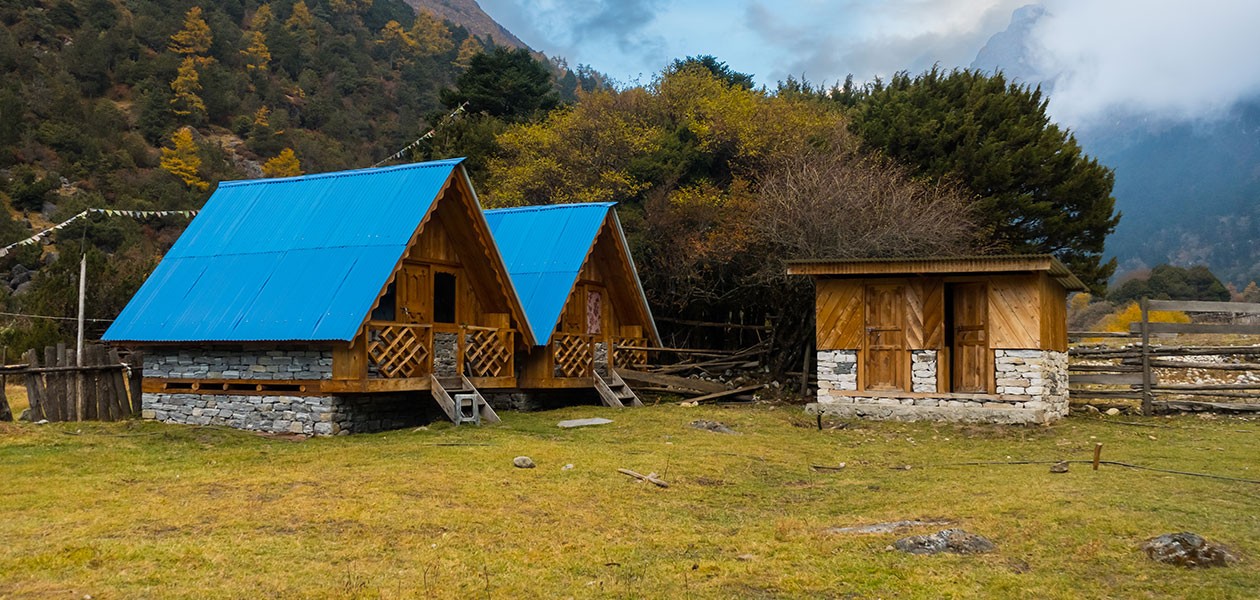
Midday: Rest and Refuel
Lunch Break
On a normal trekking day, you will reach your lunch destination after around 3 to 4 hours of trekking. The lunch destination in the Kanchenjunga Trek route with Marvel Adventure is chosen at a scenic location.
From your lunch destination, you will be able to admire the incredible Himalayan natural peaks and up-close views of the pristine peaks. As you have already walked for long hours, you will rest sufficiently at your lunch destination before continuing further on the trail.
Food and Hydration
Unlike the breakfast menus that were light, you will be enjoying more filling dishes on this lunch break. You will be able to enjoy a wide range of varieties like the breakfast menus. The typical lunch menus at the teahouses of this eastern Himalayan trek route will consist of traditional, Indian, Tibetan, and a few Western menus.
At your lunch destination, you will be able to enjoy popular delicacies such as Syakpa, Thukpa, Momo, Chowmin, Shyaphale, Dal Bhat, Dhindo, Fried Rice, Steak, Fries, Soup, Pizza, Pasta, Burger, etc.
Even if you are a vegan or vegetarian, you will not need to worry about the food options during the trek. Most of the meal options in Nepal are vegetarian diet-based, so you will be able to enjoy the meals you prefer.
As for hydration, there are several refreshment options that you can pick from, like regular cold drinks, iced tea, black tea, milk tea, lemon tea, hot chocolate, etc.
Note: You should strictly avoid drinking alcoholic beverages during high-altitude treks as they affect the acclimatization process.
Short Rest
After the delicious lunch, you will take a brief rest before resuming your trekking journey. Although you will get enough short breaks along the route, you can take this time to recharge for the afternoon trek.
You will take about an hour of break (including lunch) at your rest destination and take your time with the cultural exploration of the settlement as well. Enjoy the scenery, interact with locals, and get enough rest to prepare for the trip ahead.
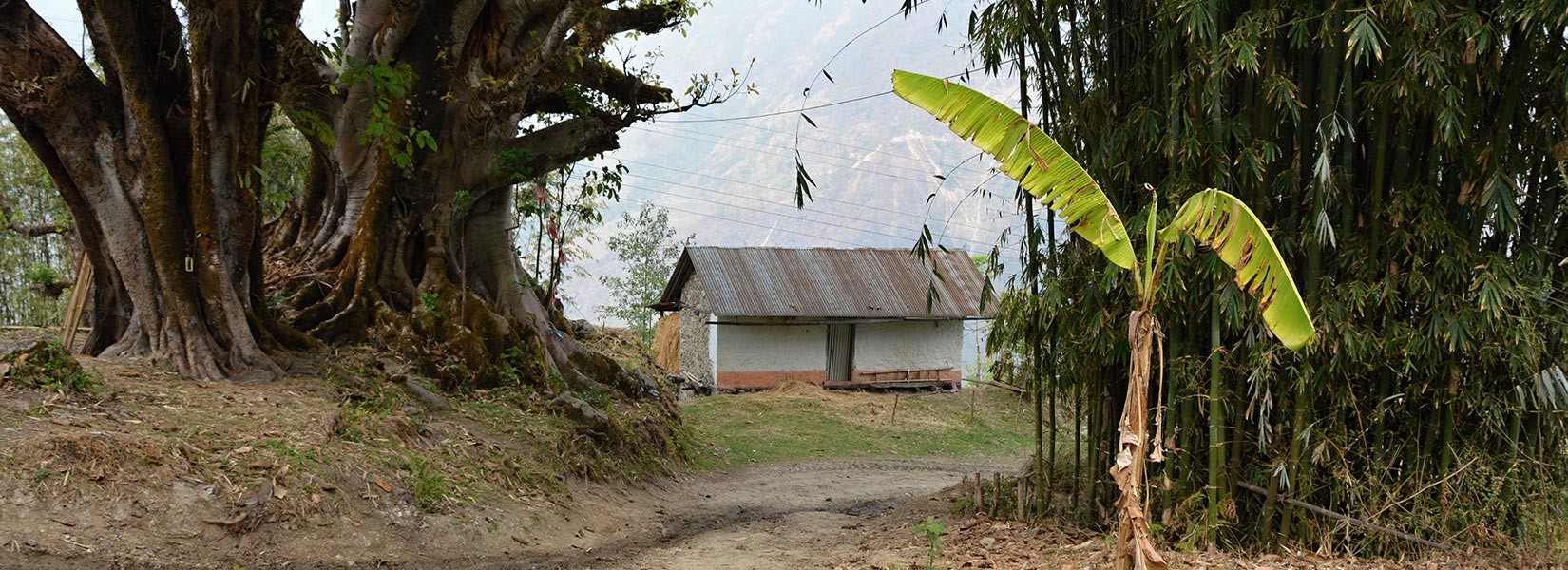
Afternoon Trek: The Push to the Next Camp
Changing Landscapes
As the day progresses, the scenery starts to change due to different lighting and as you continuously ascend on the route. Admiring the scenery, embracing the atmosphere, and exploring the highlights.
This particular portion of the trek will not be that long. During most of the trekking days, you will typically have to walk around for just 2 to 3 hours to reach the resting point from your lunch destination.
As you will continuously climb to higher altitudes, this part of the trail can be slightly demanding. But, after overcoming the demanding portions, arriving at the higher point will feel like a level-up.
Wildlife and Nature
In general, the Himalayan region is a hub of rare species of flora and fauna. That’s why most of the national parks and conservation areas in Nepal are located in the Himalayan region. As the Kanchenjunga Trek will take you across the protected Kanchenjunga Conservation Area, you will have a high chance of witnessing the endangered species along the route.
This conservation region spreads across an area of 2,035 sq km (786 sq mi). Kanchenjunga Conservation Area houses 22 species of mammals, 82 species of insects, 6 species of amphibians, 5 species of fish, and 252 species of birds.
Out of them, the most notable species of flora and fauna are endangered snow leopard, musk deer, red panda, rhesus monkey, blue sheep, Himalayan black bear, impeyan pheasant, red-billed blue magpie, ashy drongo, etc.
You have a high probability of witnessing these species of Himalayan wilderness on the trekking route.
Mental and Physical Endurance
One of the factors that you have to be careful about for the afternoon trek is the fatigue and altitude effects. As you have already covered a significant distance on the long hour of journey, it is natural to feel low on energy by the lunch point.
That’s why eating a healthy meal, staying hydrated, and resting adequately are important. If you do that, you will not have to worry about fatigue. Similarly, follow a steady pace as you climb to higher altitudes.
Climbing too fast to a higher altitude can trigger the symptoms of altitude sickness. So, stay positive, keep yourself motivated, and keep a steady pace for your afternoon trek.
Arrival at the Next Stop: Settling In
Settling in at Teahouse Stay
After completing your afternoon hike, you will then arrive at your next resting point. Depending on the mode of accommodation facility you have chosen, you will settle in at the teahouse, lodge, or tent.
Pick a room, manage your luggage, and, most importantly, get some rest. You can enjoy a warm cup of tea or refreshing beverage after reaching your resting stop. After getting refreshed, you can then prepare for the evening rituals.
Evening Rituals
Depending on the daylight hours, you can do some sightseeing around the rest of the destinations during this part. Wear warm and comfortable layers as this won’t be the long hours of walking part on the rugged terrains.
However, before heading out on an exploration of your own, make sure to consult with the guide first and take his/her suggestions. Like the sunrise, the sunset view from the high vantage point is also astonishing.
You can also use this time to learn more about the locality and their culture before the night catches up with you.
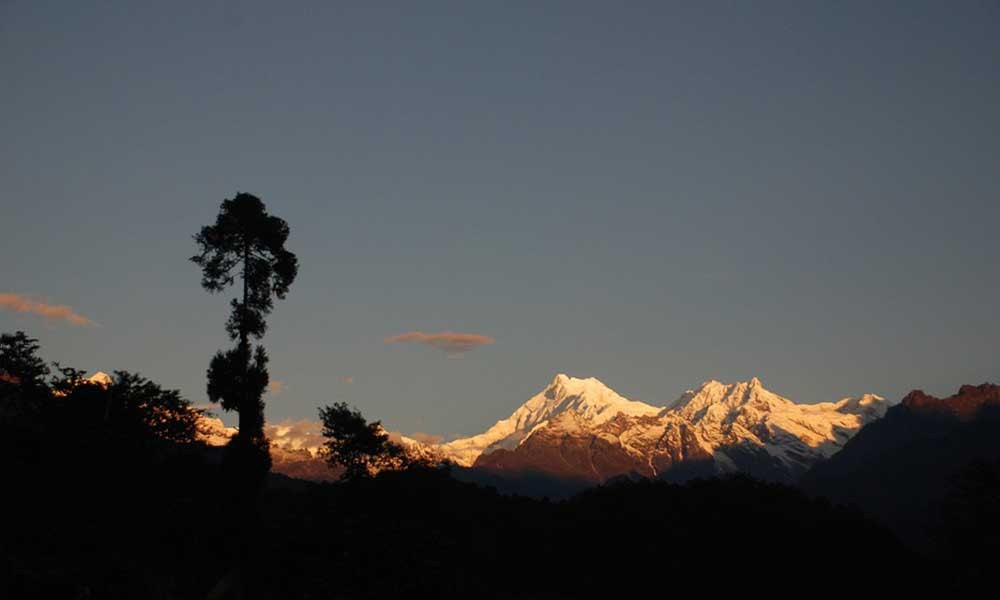
Evening: Winding Down
Dinner Time
The dining period at the dining hall will be scheduled per group. But, in general, the teahouses have large spaces that can accommodate several groups at the same time. You can take your time to socialize with your group and fellow travelers, talk about events of the day, experiences, and so on.
Your dinner will be served from around 6:30 to 7:00 PM onwards. The available menus for the dinner will be pretty much similar to the lunch options. We recommend you eat nutritious and healthy options; don’t go just for the taste.
Reflecting on the Day
After dinner, you will take some time to reflect on the day’s adventure. If there were any shortcomings, you will use this opportunity to discuss them with your guide. You can also openly communicate with the guide if there are any discomforts or issues.
At this period, your guide will also brief you about the adventure of the next day and how you should prepare for it.
Nighttime Preparations
Normally, as your morning routine is quite packed up, it will be wise to make all the necessary preparations for the next day’s adventure at nighttime. Make sure everything is ready and on stand-by, and set the alarm so you dont miss out on morning activities.
It is important to get enough rest as each day of your trek will be a physically demanding journey; make sure to get enough shut-eye so that your body can recover properly. Your next day’s adventure will be determined by how well you are rested, so, you won’t have any issues while moving higher in the route.
